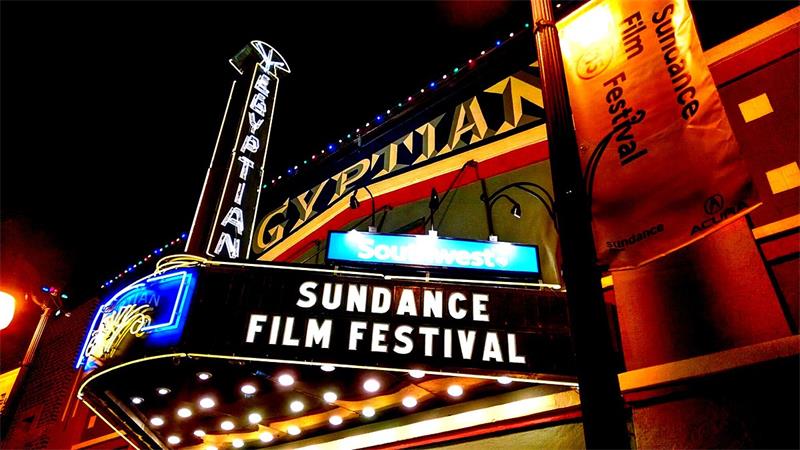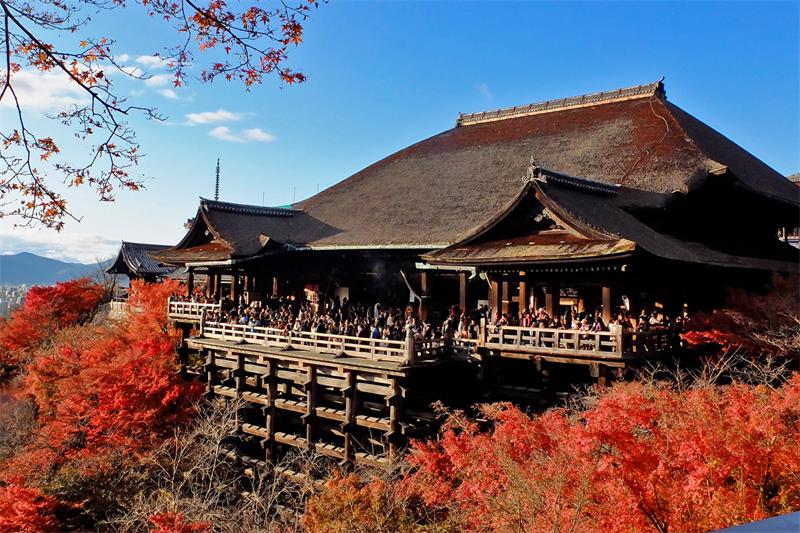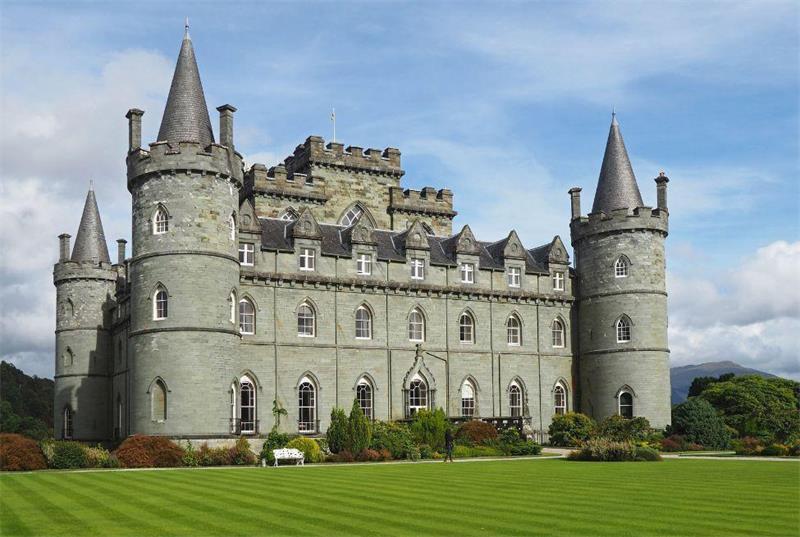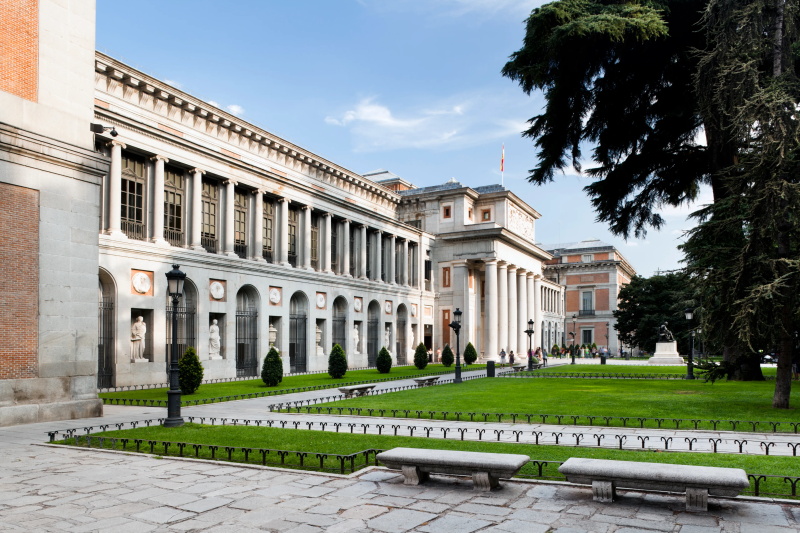Contents
Introduction
Florence, Italy is a city that has captured the hearts of visitors for centuries. With its picturesque streets, rich culture, and breathtaking art and architecture, it is no wonder that Florence has become one of the world’s most popular travel destinations.
The city’s artistic heritage spans centuries and has brought countless masterpieces to life. For those who appreciate history, art, and culture, exploring Florence’s art and architecture is an unforgettable experience.
Brief History of Florence as a Hub for Art and Architecture
Florence is known as the birthplace of the Renaissance – a period in European history marked by significant advancements in art, science, and philosophy. During this time, Florence became a center for intellectualism where artists, architects, writers, and scholars from all over Europe gathered to exchange ideas. The Medici family played a significant role in shaping Florence’s artistic landscape during the Renaissance.
They were wealthy patrons who commissioned many of the city’s most iconic works of art and architecture. As their influence grew throughout Italy, so did their collection of artwork; today it remains one of the most extensive private collections in existence.
Importance of Exploring Florence’s Artistic and Architectural Heritage
Exploring Florence’s artistic and architectural heritage allows visitors to take a journey through time while admiring some of humanity’s greatest creations. When wandering through the city’s streets or visiting its museums or galleries you can experience how artists from different eras influenced each other creating unique styles that have made their mark on history.
In addition to being visually stunning examples of human creativity at its finest – exploring these sites can also help people understand how people lived throughout history: what their values were like; how they thought about religion; politics etc. To be in Florence is to be in a city that has been shaped by its culture, art and architecture.
The city’s artistic heritage is so vast that it can take numerous visits to see everything it has to offer. With every street corner and church there is something new to discover.
The Artistic Treasures of Florence
Masterpieces in Marble and Canvas
Florence is a city that has preserved its artistic heritage like no other. The streets are lined with galleries, cathedrals, and museums that host some of the most famous works of art ever created. Two of the most celebrated artworks in Florence are Michelangelo’s David and Botticelli’s Birth of Venus.
David is a towering 5-meter marble statue that depicts the biblical hero David. The sculpture was originally carved to be installed at the top of Florence Cathedral but was instead placed at Palazzo della Signoria, where it still stands today.
Michelangelo’s David represents humanism – a cultural movement that placed emphasis on the individual and their potential for greatness – which was at the forefront during Renaissance times. Botticelli’s Birth of Venus is another masterpiece that embodies Renaissance ideals.
The painting depicts Venus, the Roman goddess of love, emerging from her seashell as she arrives at land. This painting represents human beauty and grace as idealized by Renaissance artists.
A Celebration of Humanism
The art scene in 15th century Italy was marked by a fascination with classical culture, science, and humanism. This led to an explosion in artistic expression across various genres such as sculpture, painting, music, architecture among others.
In addition to David and Birth of Venus paintings mentioned earlier that captured this spirit so perfectly well are other masterpieces available for viewing by tourists visiting Florence such as Leonardo da Vinci’s Annunciation depicting angel Gabriel visiting Mary; Titian’s Bacchus representing wine-drinking festivity; Fra Angelico’s Coronation Of Virgin Mary vividly showing off Christian beliefs among several others. Each artwork presents its own unique interpretation while staying relevant to those overall themes which dominated Italian art during this period.
The Importance Of Preserving Renaissance Art
The Renaissance era gave birth to some of the most iconic and influential works of art in history. These triumphs of human creativity continue to inspire people from all around the world.
Florence, in particular, serves as a testament to the importance of preserving these artistic treasures. The city has done an excellent job of maintaining these works while making them accessible for public viewing.
This approach has made it possible for people from all walks of life to experience the magic that is Florence’s art scene. Florence is home to some of the most famous artworks in history and visiting them in person is an unforgettable experience.
Michelangelo’s David and Botticelli’s Birth of Venus are but two examples that capture the spirit of humanism that defined Renaissance art forms. We must continue to preserve these masterpieces so that future generations may also appreciate their beauty and significance.
The Architecture of Florence:
Discovering the Famous Buildings in the City
When it comes to architecture, Florence has a rich and diverse heritage. The city is home to some of the most remarkable buildings in Italy, such as the Duomo and Palazzo Vecchio. These structures are not only beautiful but also reflect Florentine architecture, which is characterized by its use of local materials such as marble and limestone.
The Duomo, also known as Santa Maria del Fiore Cathedral, is perhaps the most famous landmark in Florence. Built between 1296 and 1436, it is an impressive example of Gothic architecture with its elaborate exterior adorned with marble sculptures and intricate stained glass windows.
The dome of the cathedral was designed by Filippo Brunelleschi and remains one of the largest masonry domes ever constructed. Another iconic building in Florence is Palazzo Vecchio, which was originally designed to serve as a fortress for the ruling Medici family in 1299 before becoming the seat of government for the city.
The palace features a distinctive tower that provides panoramic views across Florence’s skyline. It’s worth taking a guided tour to fully appreciate its rich history.
Exploring How These Buildings Reflect Florentine Architecture
Florentine architecture has been shaped by several factors over time, including political power struggles among Italian city-states and religious influences from Rome. This style often incorporates classical elements such as columns and arches while also adapting them to suit local tastes.
The Duomo’s facade exemplifies this adaptation with its use of contrasting colors and patterns created through different types of marble. Its grandeur reflects both religious devotion and civic pride – two values that were important during Renaissance times when it was built.
Similarly, Palazzo Vecchio embodies Florentine architecture through its use of sturdy stone blocks arranged symmetrically around central courtyards. It also features decorative elements such as frescoes and sculptures that reflect the wealth and cultural sophistication of Florence’s ruling families.
Overall, exploring the architecture of Florence is a fascinating way to learn more about its history and cultural significance. The city’s buildings not only showcase impressive design but also provide insight into the political, economic, and social factors that influenced their construction over time.
Hidden Gems: Exploring Lesser-Known Artistic and Architectural Wonders
A Unique Perspective on Florentine Artistry
While Florence is famous for its Renaissance art and architecture, there are numerous lesser-known sites that offer visitors a unique perspective on the city’s artistic heritage. One such site is the Brancacci Chapel, located within the basilica of Santa Maria del Carmine. The chapel features stunning frescoes by Masaccio, Masolino, and Filippino Lippi that depict scenes from the life of St. Peter.
These frescoes are considered to be some of the most important works of early Renaissance art in Italy and offer a glimpse into a time when artists were exploring new techniques and styles. Another hidden gem is Santa Maria Novella, one of Florence’s oldest churches.
While it may not be as famous as other sites in the city, it boasts an impressive collection of art and architecture that is not to be missed. The church features breathtaking frescoes by Giotto and his followers, as well as intricate mosaics on its facade that date back to the 14th century.
Exploring Florentine Architecture Beyond Palazzo Vecchio
Florence is also home to many lesser-known architectural wonders that are just waiting to be explored. One such site is the Loggia dei Lanzi, an open-air sculpture gallery located next to Palazzo Vecchio.
This beautiful structure was built in the late 14th century and features a series of arches supported by Corinthian columns. It houses several iconic statues including Cellini’s Perseus with the Head of Medusa and Giambologna’s Rape of Polyxena.
Another hidden architectural gem is San Miniato al Monte, an ancient church located atop one of Florence’s highest hills. This Romanesque masterpiece offers visitors stunning views over the city and boasts a beautiful interior decorated with intricate mosaics and frescoes.
The Joy of Discovering Florence’s Treasures
Exploring Florence’s hidden gems is truly a joy for anyone interested in art and architecture. These lesser-known sites offer visitors a unique perspective on the city’s history and artistic heritage, allowing them to delve deeper into the world of Renaissance art and architecture.
Whether you’re admiring Masaccio’s frescoes in the Brancacci Chapel or marveling at the Loggia dei Lanzi, these hidden gems are sure to leave a lasting impression on anyone who visits them. So if you’re planning a trip to Florence, be sure to add these off-the-beaten-path sites to your itinerary – you won’t regret it!
The Medici and Florence’s Artistic Legacy
The Medici family played an instrumental role in shaping the artistic landscape of Florence during the Renaissance. The family’s wealth and political power allowed them to commission many works of art, including architecture, painting, sculpture, and literature.
Through their patronage of artists and architects, the Medicis helped establish Florence as a cultural hub that attracted some of the most talented artists of the time. One of the most significant contributions made by the Medici family was their support for Michelangelo Buonarroti.
Michelangelo was commissioned to create several works for members of the Medici family, including sculptures such as “David” and “The Tomb of Pope Julius II.” The Medicis saw value in supporting this young artist with prodigious talent and provided him with opportunities to advance his career. In addition to supporting individual artists, the Medicis also invested in institutions that supported artistic development.
For example, Cosimo de’ Medici founded a library which housed ancient texts on philosophy, science, and other subjects that were studied by artists as part of their education. This library became known as Biblioteca Medicea Laurenziana.
The Palace built by Cosimo’s grandson Lorenzo hosted important artistic gatherings that helped shape Florentine art history. The Medicis’ influence extended beyond just art; they also supported science and scholarship in general.
Scholars such as Galileo Galilei benefited from their patronage. Under their rule Florence grew into one of Europe’s wealthiest cities i.e., fostering an environment that encouraged creativity across multiple fields including banking which allowed them access to many resources they could use for art investments.
Conclusion
Florence owes much of its artistic heritage to the influential role played by the Medici family during its golden era between 15th-16th centuries AD. With their patronage secured through power consolidated over generations of wealth accumulation, the Medicis provided a fertile environment for artistic development that attracted some of history’s finest artists. The family’s investments in fields including literature, science, and architecture contributed significantly to Florence’s social-economic development as well as its cultural output. Today, the city continues to be a mecca for art enthusiasts from across the world who come to marvel at the many works of art that were created through the Medicis’ patronage and influence.
As you explore Florence’s galleries, museums, chapels, and plazas you’re guaranteed an experience like no other – one that brings together beauty and heritage in equal parts. Whether it’s a brisk walk down Via Maggio or a contemplative afternoon at Palazzo Pitti – there is something for everyone in this city so rich with artistic legacy!
Conclusion
Recapitulation on why exploring art and architecture in Florence is a must-do activity for travelers
Florence, Italy is a city that boasts an unparalleled artistic and architectural heritage. The city’s rich history has gifted us with masterpieces from the likes of Michelangelo and Botticelli, as well as iconic buildings such as the Duomo and Palazzo Vecchio.
Exploring these wonders firsthand provides an unforgettable experience to visitors. By immersing oneself in the art and architecture of Florence, travelers can gain a deeper understanding of Italian Renaissance culture.
Witnessing these magnificent works firsthand allows one to appreciate the incredible skill, creativity, and ingenuity that went into creating them. It’s truly an awe-inspiring experience to stand before such remarkable works of human expression.
Final thoughts on what makes Florence’s art scene unique
What sets Florence apart from other cities is not only its wealth of artistic treasures but also its preservation efforts. The city has managed to maintain its old-world charm while still offering modern amenities to visitors. Walking through the streets of Florence feels like stepping back in time, with ancient buildings seamlessly blended into modern conveniences.
Moreover, it’s not just the famous artworks that make the city special – there are many hidden gems waiting to be discovered by those who venture off the beaten path. Whether it’s visiting a lesser-known chapel or stumbling upon a beautiful piazza tucked away from tourist crowds, exploring Florence offers endless surprises.
There’s no question that exploring art and architecture in Florence should be at the top of any traveler’s list. Not only will you witness some of humanity’s greatest achievements firsthand but you’ll also gain a deeper appreciation for Italian culture and history.
So why wait? Book your trip today and experience all that this magical city has to offer!













